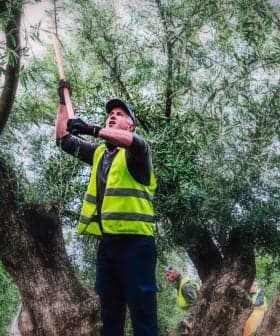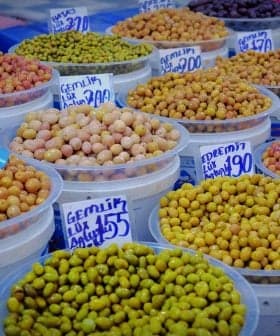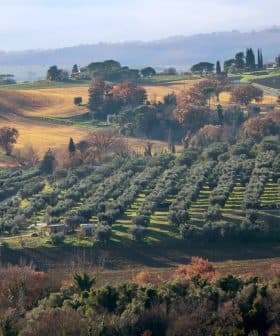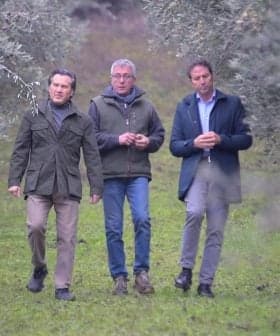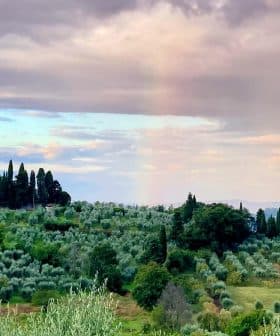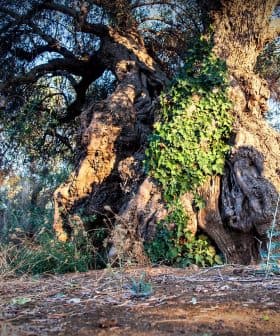Italian Olive Sector Must Focus on Quality for Future Success, Report Finds
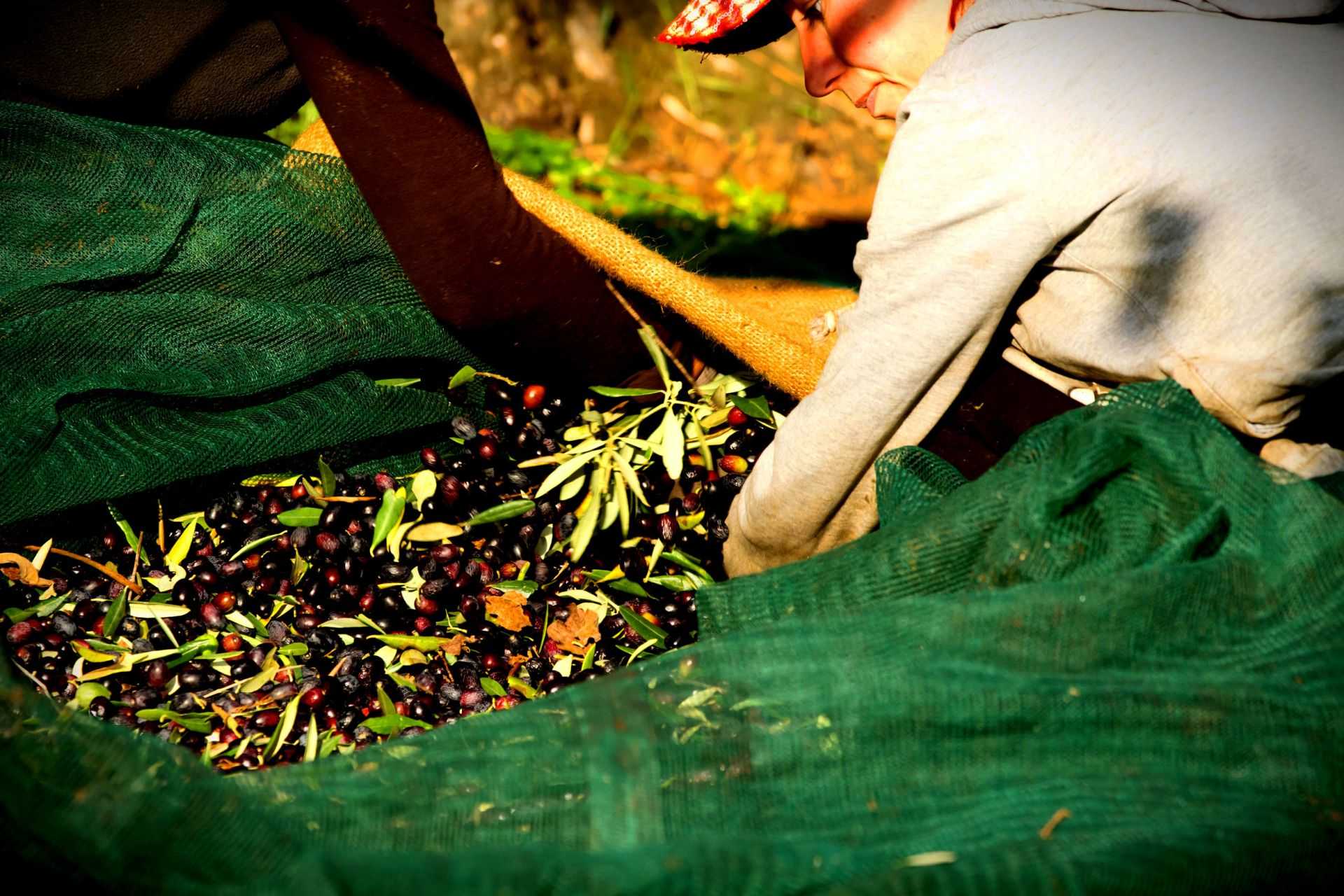
The Ismea report highlights the fragmented nature of the Italian olive sector, emphasizing the need for a shared vision and solid data to develop the industry’s future. The report suggests focusing on promoting quality, creating synergy among different parts of the sector, and developing high-density farms to increase profitability, while also advocating for more support for organic olive oil production.
The Italian olive sector lags largely below its potential because of the lack of a shared vision and solid data upon which the future of the industry should be developed, according to the latest report from the Institute for Services to the Agricultural Market (Ismea).
The report dissects the Italian olive oil sector, analyses its costs and infrastructures and highlights the opportunities that lie ahead for growers and producers in collaboration with the major agricultural associations.
The connection among the different subjects of the olive oil chain is of the utmost relevance. But we should probably look at a broader picture, favoring the inclusion of new subjects, such as tourism and restaurants.
Not by chance, the report comes ahead of E.U. negotiations regarding the new Common Agricultural Policy (CAP), which will provide funds to Europe’s agriculture sector from 2023 to 2027.
The entire Italian olive oil industry is worth an estimated €3 billion, according to Ismea, which represents slightly more than three percent of the entire Italian food sector.
See Also:Consumption, Exports of Italian PDOs and PGIs Keep GrowingThe report began its analysis of the sector with growers, concluding that olive production is too fragmented. According to Ismea, the average olive grove covers just 1.8 hectares, far below the nine hectares of an average Italian agricultural company.
Furthermore, the report added 97 percent of all olive farming businesses in the country are managed by a single individual. The three percent of businesses run at a larger scale are mostly found in northern Italy and are often based on a more entrepreneurial approach, the report added.
“Competitiveness is a major issue for the whole Italian olive oil sector,” Anna Rufolo, head of the olive sector at the Italian Farmers Confederation (CIA), told Olive Oil Times. CIA was among the associations that collaborated on Ismea on the report.
“We will need to work further to overcome the weaknesses, such as production and market fragmentation or the often diverse costs dynamics,” she added.
Along with the highly fragmented nature of the sector, the Ismea report also found that many of these farmers are entering the traditional retirement age and there is a scarce supply of younger farmers taking their place.
Less than five percent of specialized olive farms are managed by growers under the age of 40.
The figure rises to eight percent in the broader agricultural sector. According to the aging index used by Ismea, for every young olive farmer in Italy, there are 11 over the age of 65.
The Ismea report also pointed out that many of the country’s olive groves are inhabited by older trees, which decreases production efficiency.
The trees grown in more than 61 percent of dedicated olive growing areas have an age of 50 or more. Trees younger than 11 years old cover only three percent of the whole olive surface.
Based on its analysis, the Ismea report advocated for the implementation of more high-density and super-high-density farms in the country to increase the profitability of the sector. However, the report also acknowledged the importance of traditional and small-scale subsistence farms to national culture and identity.
According to the report, subsistence olive farming makes up 30 percent of the country’s total olive oil production.
“While there are a few territories where intensive olive farming can be developed, policies have to adapt to the diversity of the conditions growers face,” Rufolo said. “Models which have worked in other countries cannot always be translated to our own. Given that, quality and connection with the territory remain the focus for a renewed competitiveness.”
Overall, the best ways to mitigate the costs incurred by the fragmented nature of olive growing and oil producing, the Ismea report reasoned, are to focus on promoting quality and creating more synergy among the different parts of the olive oil sector.
An opportunity lies in the further development of olive oils certified with a Protected Designation of Origin (PDO) or Protected Geographical Indicator (PGI), unique regional products protected by the European Union.
The report adds that more can be done since only about 10,000 tons of olive oil are produced among the 42 PDOs and six PGIs, representing between two and three percent of Italy’s overall annual production.
See Also:Italy Pledges Nearly €70M for Olive Oil and Table Olive SectorThe high quality of Italian extra virgin olive oil and its often internationally acclaimed olive oil blends represent the basics of the sector’s success in the world markets, according to Ismea.
Between 2017 and 2019, Italian extra virgin olive oil exports have grown by 10 percent in volume, equal to 250,000 tons, which is more than 80 percent of all olive oil exports. Most of those exports were destined for the United States and Germany.
However, the majority of the value that the sector is deriving from exports is coming from operations that blend imported olive oils with local production. Less than 30 percent of national production is made up of 100-percent Italian olive oil.
The report also emphasized a renewed focus on organic olive oil production, which is associated with higher production costs, but also better sales value. For these reasons, the Ismea report signaled that more CAP funds should be directed toward promoting organic agriculture.
Currently, 18 percent of the more than one million hectares dedicated to olive growing in Italy are organic farms, though only seven farms out of 100 focus on organic cultivation and production.
Still, those numbers are steadily rising: in 2019, organic olive growers almost reached 200,000 hectares. While organic extra virgin olive oil constitutes 11 percent of all national production, its value reaches 15 percent due to the higher prices that it commands in the market.
In a survey of 50 olive growing companies from Puglia, Sicily, Calabria and Tuscany – which comprise roughly 65 percent of the nation’s olive groves – almost half of the sample, 47 percent, is engaged in organic olive growing.
On average, production costs reach €2.66 per hectare for these organic growers. The average gross operating profit, calculated without considering public funds, is equal to €1.19 per hectare.
“In the future, policies should support the olive growing areas able to compete on the international market more while also avoiding the alarming and growing phenomenon of the abandonment of olive orchards in marginal areas, where the olive tree plays a role as landscape resource and is needed to prevent hydrogeological instability,” the report said
Ismea concluded that Italian officials should focus on developing a stronger connection between farmers, oil mills, the bottling and marketing industry. It also argued that funds from CAP would go the furthest if they were to help promote these efforts.
“The connection among the different subjects of the olive oil chain is of the utmost relevance,” Rufolo said. “But we should probably look at a broader picture, favoring the inclusion of new subjects, such as tourism and restaurants.”
“Those are sectors that became crucial for other agricultural sectors and the same must happen with at least a part of olive oil production,” she added. “We should include professionals who are not traditionally related to the olive oil chain and expand our vision from the production chain to the production system.”



